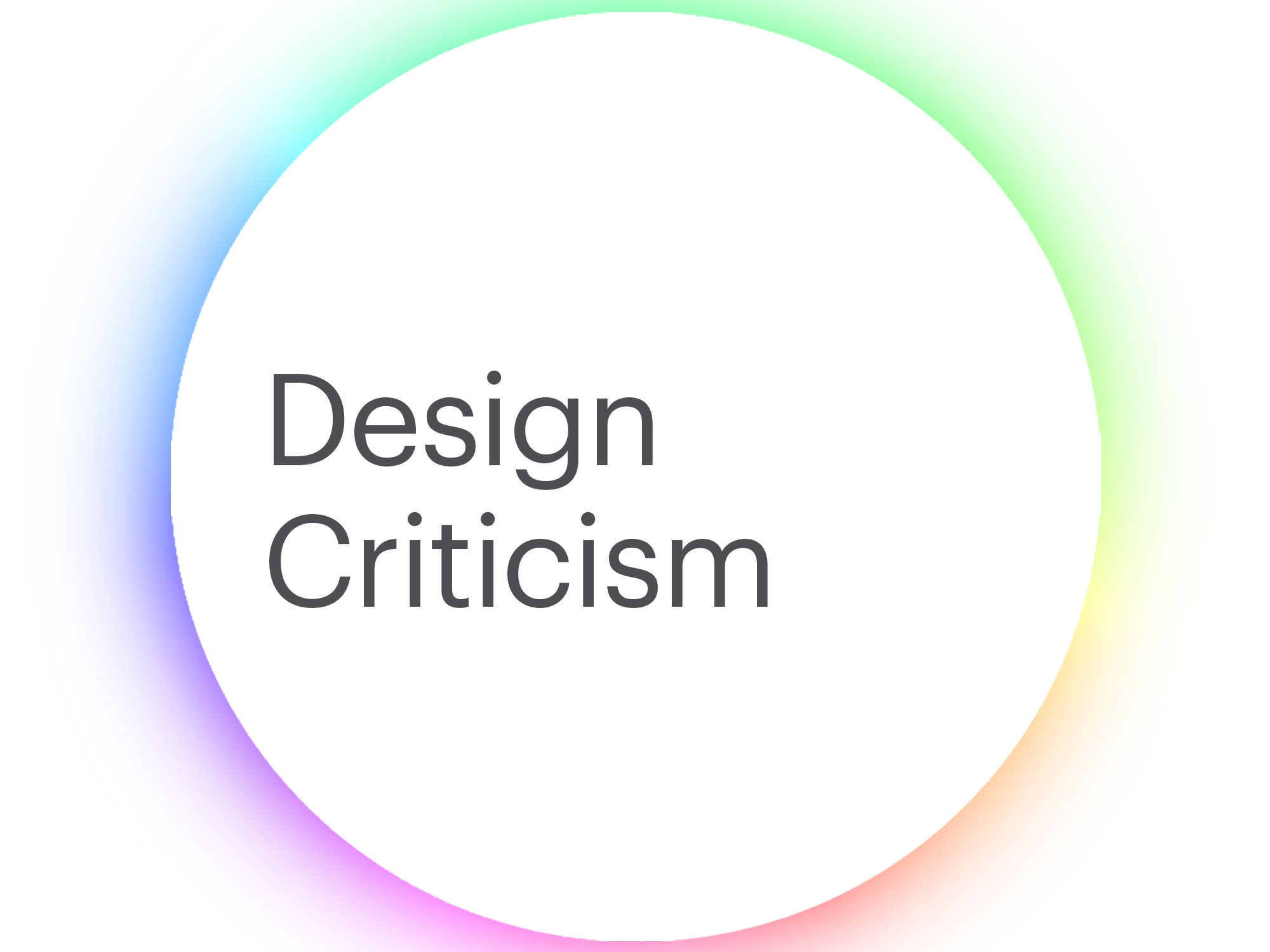This time round Viewpoints has taken a look at design criticism, with designer, writer and host of Scratching the Surface Jarrett Fuller advocating for a broad range of voices to contribute to a critical discussion that goes beyond hot-takes and starts to answer the question 'so what?'. Next to give her thoughts is Anna Kealey. Anna followed up a BA in Visual Communication Design in IADT with an MFA in Design Criticism at New York's School of Visual Arts. She's written for a number of design publications including Eye Magazine and ICON. She is adjunct faculty at the University of Gastronomic Sciences in Northern Italy where she teaches about the intersection of design, food and ethics. She also works at Etsy in London.
How do we get the most from design criticism?
It sounds simple, but in order for us all to get the most from design criticism, someone needs to write it – and write it well – and designers need to engage with it. I'll begin with the critic.
There is far too much writing about design that resembles a lightly revised press release. It is a design critic's responsibility to hold designers accountable, to puncture myths and expose limitations in design solutions. It should possess a larger ideological purpose, and be truly critical rather than just promotional. That said, there's a misconception that critics only ever act as contrarians. It is essential that the design critic sometimes takes the role an advocate, perhaps by illustrating the power of an over-looked piece of design or by framing a design trend or movement in its cultural context.
When it comes to designers, I urge them to read work by critics who are fellow practising designers, and – even more importantly – read work by those who are not. Often practising designers are too entrenched to see the wood from the trees, or unwilling to critique the work of fellow design practitioners.
Many of the same practices inherent in design criticism – questioning, critical awareness, not taking things for granted – should all be essential parts of a design practitioner's toolkit. And keeping abreast of current critical discourse will make you a better designer. If a fellow designer suggests a campaign or a design solution that's generic, sexist or full of myths, use a critical framework to take issue with it. There has been a lot of discussion in the last few years about why representation matters (consult #representationmatters for recent examples). Training your critical eye by reading design criticism will help you advocate for broader representations as well as smarter solutions.
While studying for my MFA in Design Criticism I interviewed over 20 graphic designers working in the food industry about the ethics of food branding and advertising. I asked designers questions like if their bucolic designs could have contributed to myths about how food is produced or made the food look healthier than it is. What was most surprising to me was that the vast majority of the designers claimed they had never even thought about any ethical aspects of the work they do. When ketchup sales dropped due to consumers' (justifiable) concerns about the high sugar and salt content, Heinz considered creating various healthier versions of the product. But, in the end, they opted for the more straightforward approach of simply rebranding the bottle and the website. The campaign was a success and sales soared. The new slogan, 'Grown Not Made', is a genius piece of marketing copy. But does the cleverness or beauty of the design completely offset the fact that it is adding even more confusion to an industry that is contributing to a growing health crisis?
It's easy to distance yourself, or to avoid thinking about it, but it's also lazy and disingenuous. Let's face it, design is deeply implicated in many negative aspects of capitalism. It's important to have a set of standards. Would you work on a brand campaign for a range of cigarettes aimed at attracting a new, younger audience? Probably not. Would you do a logo design for a firearm manufacturer? Probably not. Then again maybe you would; everyone has to make a living! But to avoid grappling with these kinds of issues is not acceptable. Where does that ethical line start for you? Criticism might help you find the answer.
